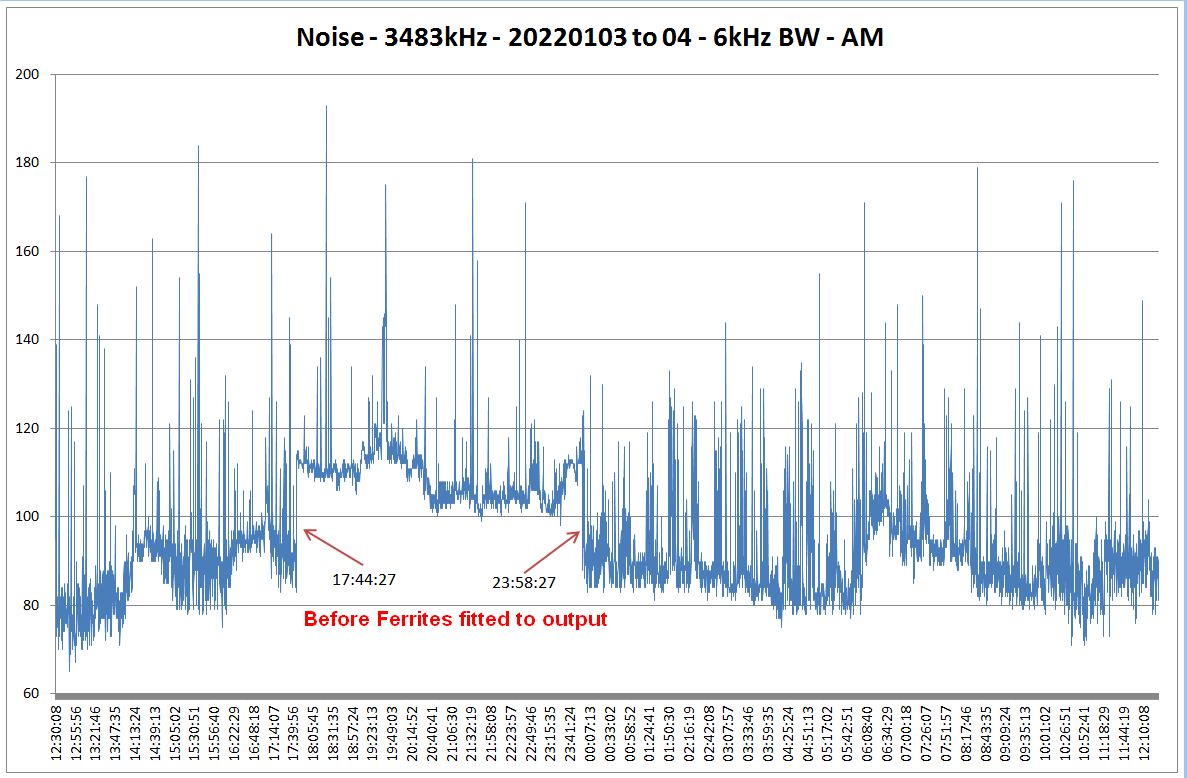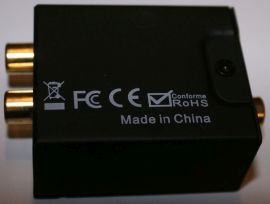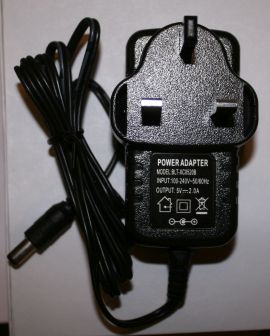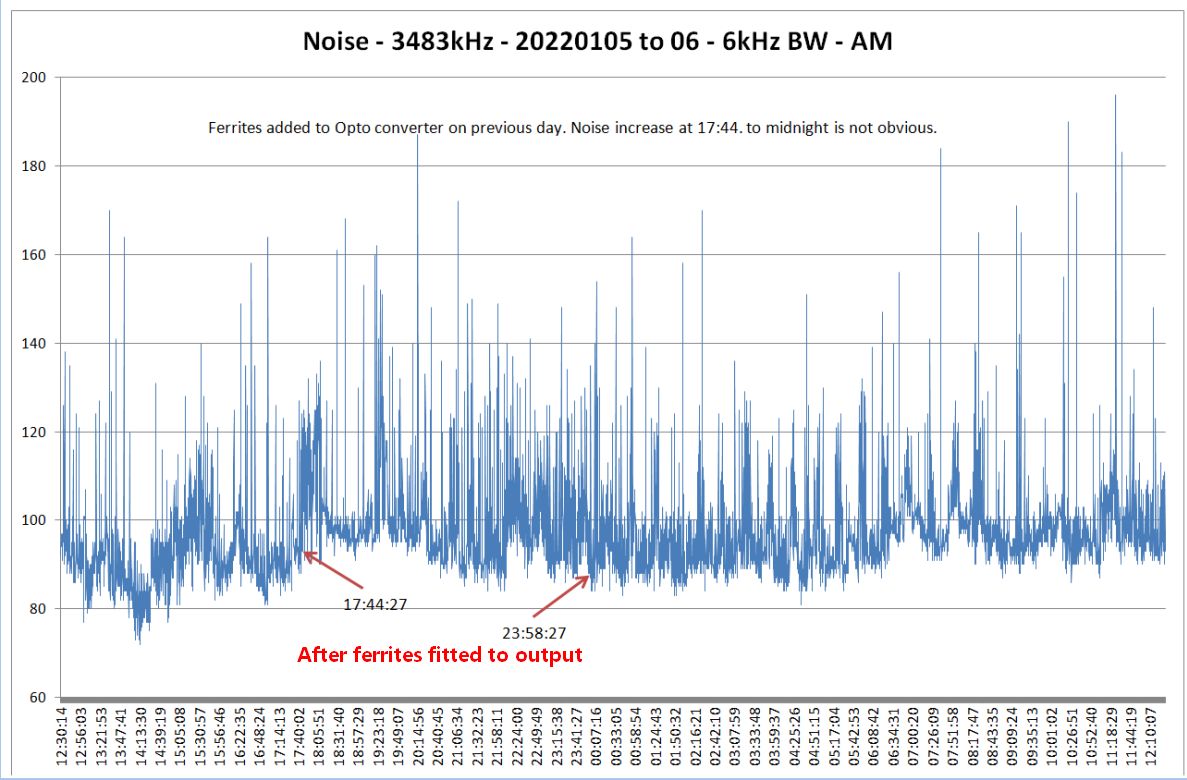Hunting Electrical Noise Sources - I
04 Jan 2022 - Jim Evans, G3VDB
Local electrical interference to amateur radio reception on shortwave and VHF now makes the hobby an unpleasant pastime, unless you live in the country, remote from other habitation. Most don’t; I don’t. This noise is an incidious form of electrical pollution with many causes. As a result, this is likely to be the first of a series of articles as I attempt to track down and, hopefully, eliminate some of my local noise sources.
Since I returned to Amateur Radio operation in late 2007, the sources of electrical interference in my neighbourhood have increased continually. Next door’s solar panels, installed in August 2014, gave an immediate and obvious increase in noise level particularly on frequencies above 11MHz. The noise from these solar panels is described in my first Post on this site. The problem is unchanged seven years later and in particular the 24MHz amateur band is unusable for modes other than FT4 and FT8.1
If your read anything about tracing HF noise interference, the first thing you are told is to turn the power off in your house and use a battery-powered radio to ensure that none of the noise is from your own systems. The following tale shows why that is excellent advice (but advice I did not follow). The second fact you will learn is that a lot of noise comes from imported poorly-designed swtiched-mode power supplies or “Wall Warts” which do not have the all-important RF chokes and high voltage capacitors to stop the switching transients being radiated by the mains wiring. Nor do they have a ferrite choke on the output lead, a common feature on many devices containing high speed switching.
My current concern is at lower frequencies than 24MHz, in particular the S9 noise level on the 80m (3.5MHz) band which can limit my operation in the RSGB 80m Club Contests in SSB, CW, RTTY and PSK modes. In December 2021, I modified some software to read continuously the IC7300 S-meter value via the ‘CAT’ interface. With Excel, I plotted values for 24 hour periods from 12:30 UTC.2
I set the rig to 3483kHz, just outside the 80m amateur band, in the hope of measuring noise rather than random signals that appear in the band. I did find that from time to time real signals did appear within the passband. I assumed these to be the fishing boats that can be heard using upper sideband around 3500kHz and above.
In my early graphs (not shown), all I could say was that the noise level changed, but there did not seem to be any correlation with day or night time. Over Christmas a strange co-incidence occurred; I put my old HiFi amplifier on a time-switch, set to power on in the evening only, between 17:45 and 23:59. Instantly, there was an exact co-relation between an increase in 80m noise level and this system being powered-on, as shown below. That was a shock.

 Why should, and how could, a 1990’s mini HiFi system produce HF noise. It was unlikely to be the HiFi itself. To overcome the limitations of small TV loudspeakers, I had added a converter from the optical output of the TV to the HiFi RCA analogue input of the old amplifier. This converter has its own +5V mains power supply. The converter is CE marked; the power supply is not. [Though, as many will tell you, a CE mark on any device is no guarantee that it actually mets European Standards, merely that the manufacturer knows they cannot sell the device in the EU without such a mark.]
Why should, and how could, a 1990’s mini HiFi system produce HF noise. It was unlikely to be the HiFi itself. To overcome the limitations of small TV loudspeakers, I had added a converter from the optical output of the TV to the HiFi RCA analogue input of the old amplifier. This converter has its own +5V mains power supply. The converter is CE marked; the power supply is not. [Though, as many will tell you, a CE mark on any device is no guarantee that it actually mets European Standards, merely that the manufacturer knows they cannot sell the device in the EU without such a mark.]
By clicking on the PSU image for a full size picture, you can see the part number is Model: BLT-XC0520B

Having established this power supply was the source of the noise increase, my first thought was to replace the supply with another +5V unit, possibly a spare Raspberry Pi supply. The connectors were different; the Opto Converter has a 2.1mm DC plug, the Pi has a miniature USB plug. That would have been easily resolved if I had found a 2.1mm connector in the spares box.
Given that the noise must be coming from the switching transients on the mains side, I then did something totally bizzare; I took two cylindrical ferrite cores of unknown characteristic, taped them together in binocular fashion and passed the 5V output lead of the offending supply through the cores as many times as the rather large 2.1mm plug would allow. I was pleasantly surprised to find that there was now no discernable increase in noise level when the Opto Converter was powered on. The power supply shown is from a spare converter before the ferrites were fitted to the installed device. Buried in the lounge furniture, it is a problem to photograph the modified PSU with its ferrite cores.
The graph for the subsequent 24 hour period shows there is now no obvious increase and decrease in noise at the previous switching times.

There is still a lot of noise and a lot of noise variation, but the sudden increase at 17:45 and fall off at midnight is no longer evident. There are important lessons here:
- I would not have associated any of my noise problems with this power supply if I have not fortuitously added a time-switch to the HiFi at the same time as taking 24 hour readings of the noise level.
- It is not clear to me why a ferrite choke on the output of this supply should have supressed the noise. I assumed that the supply should be replaced.
- It is probably still worth getting the 2.1mm DC connector and changing the power supply for one that does not generate RF noise.
-
I believe the life of a PV invertor is of the order of 10 years. I am hoping that if the present invertor is replaced, I shall have the opportunity to have RF filters fitted to the panel connections. ↩
-
The value ranges from 0 to 255 and there is a correspondence with S-Meter values from S0 to S9+60. I did not perform that scaling for the graph axes. ↩
